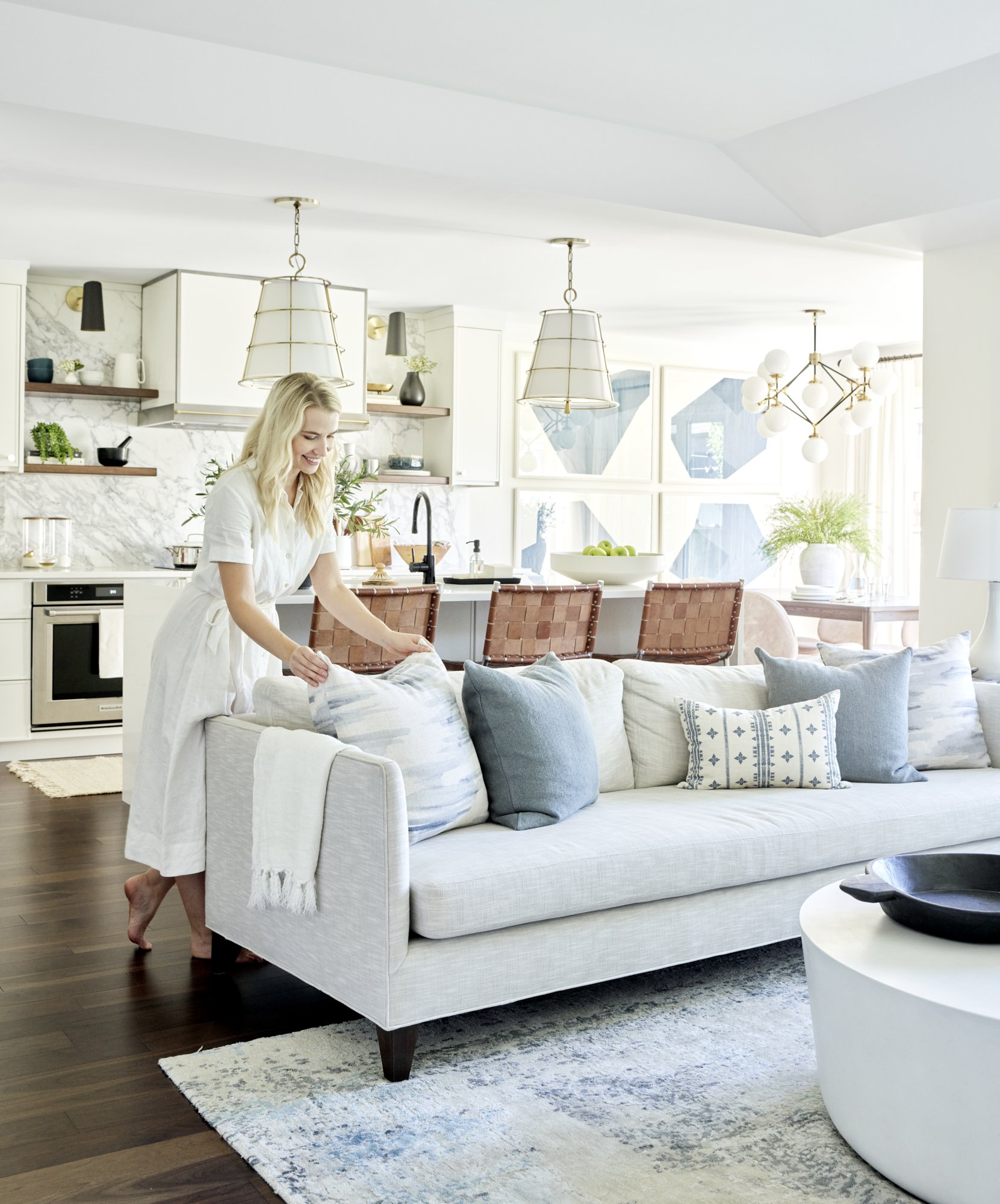A Glimpse into Edwardian Architecture
Edwardian architecture stands as a testament to an era marked by elegance, sophistication, and innovation. With its distinctive style and timeless charm, exploring Edwardian buildings offers a fascinating journey into the past while showcasing architectural marvels that continue to inspire awe today.
The Edwardian Era: A Period of Transition
The Edwardian era, spanning from 1901 to 1910, marked a transition between the ornate Victorian style and the sleeker, more modern designs of the early 20th century. This period was characterized by a sense of optimism and prosperity, reflected in the architecture of the time.
Key Features of Edwardian Architecture
Edwardian architecture is known for its blend of traditional and contemporary elements, resulting in buildings that are both grand and graceful. Common features include red-brick facades, intricate stonework, and decorative detailing such as bay windows, gables, and balconies. The use of timber, terracotta, and wrought iron adds to the richness of the architectural style.
Grandeur in Design: Edwardian Mansions and Estates
One of the hallmarks of Edwardian architecture is the grandeur of its residential properties. Edwardian mansions and estates often feature imposing facades, expansive grounds, and luxurious interiors. These homes were built for affluent families and reflect the opulence and status of the era’s upper class.
Public Buildings and Civic Structures
Edwardian architecture also left its mark on public buildings and civic structures, with grandiose designs that exude a sense of civic pride. Town halls, libraries, and government buildings were constructed with imposing facades, soaring columns, and ornate detailing, serving as symbols of community identity and prosperity.
The Influence of Arts and Crafts Movement
The Arts and Crafts movement, which emerged in the late 19th century, had a significant influence on Edwardian architecture. This movement emphasized craftsmanship, simplicity, and the use of natural materials, principles that are evident in many Edwardian buildings. Architects and designers drew inspiration from the Arts and Crafts aesthetic, incorporating elements such as exposed timber beams, leaded glass windows, and handcrafted details into their designs.
Edwardian Terraces: Urban Living with Style
In urban areas, Edwardian architecture is often seen in the form of terraced housing, which provided stylish yet practical accommodation for the growing middle class. Edwardian terraces typically feature symmetrical facades, decorative brickwork, and tiled roofs, reflecting a sense of uniformity and orderliness.
The Legacy of Edwardian Architecture
Despite the relatively short duration of the Edwardian era, its architectural legacy continues to endure. Many Edwardian buildings have been preserved and restored, serving as cherished landmarks and contributing to the character and identity of cities and towns across the globe. Whether admired for their historical significance, architectural beauty, or cultural importance, Edwardian buildings remain a testament to an era of elegance and innovation. Read more about edwardian architecture


